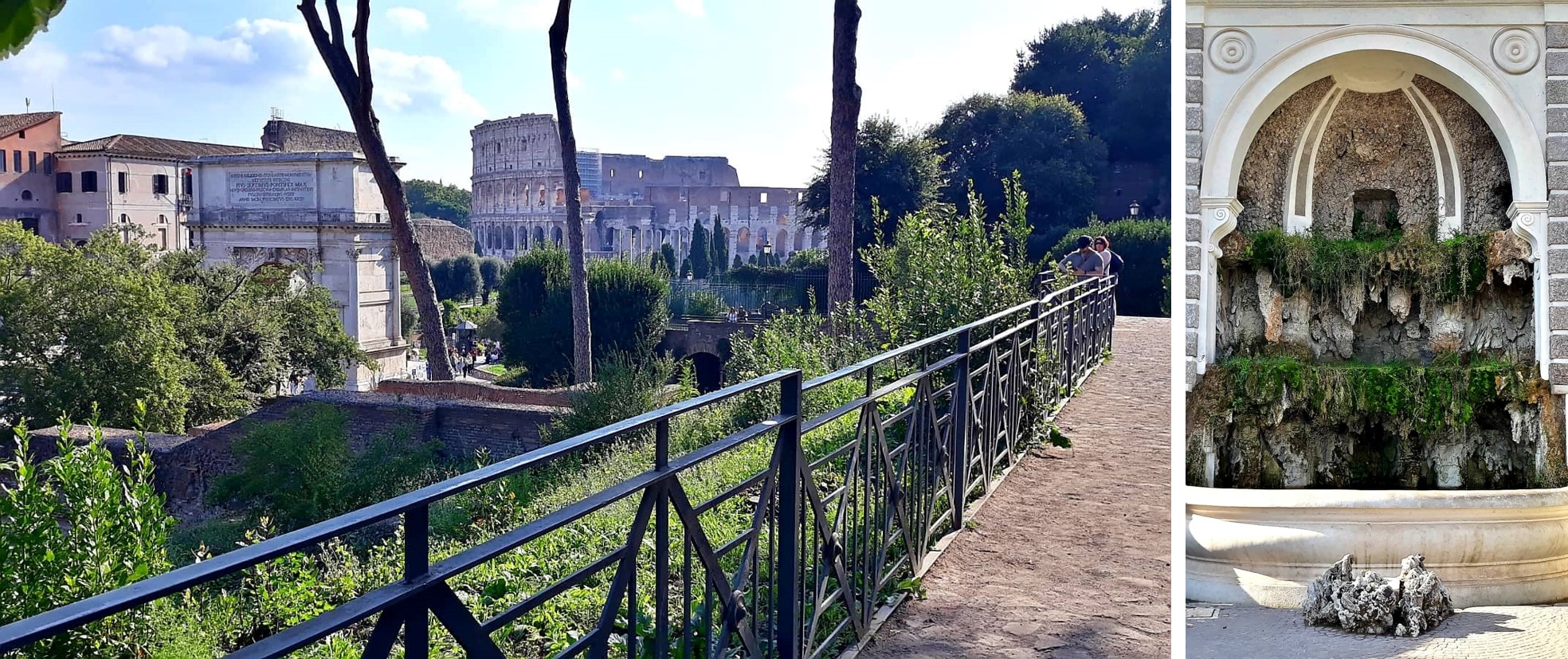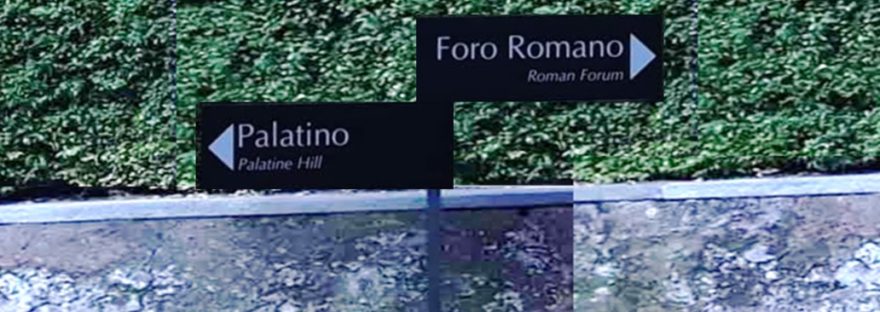During our recent visit to Rome, we enjoyed our stay in a small and pleasant hotel, right on the “Via Nazionale”, a few blocks from the “Via dei Fori Imperiali”. When one observes the Avenue of the Imperial Forum, one were able to affirm its depth, as it creates the road to the Roman Colosseum. This important road was built under the government of Benito Amilcare Andrea Mussolini and crosses what was the ancient city.
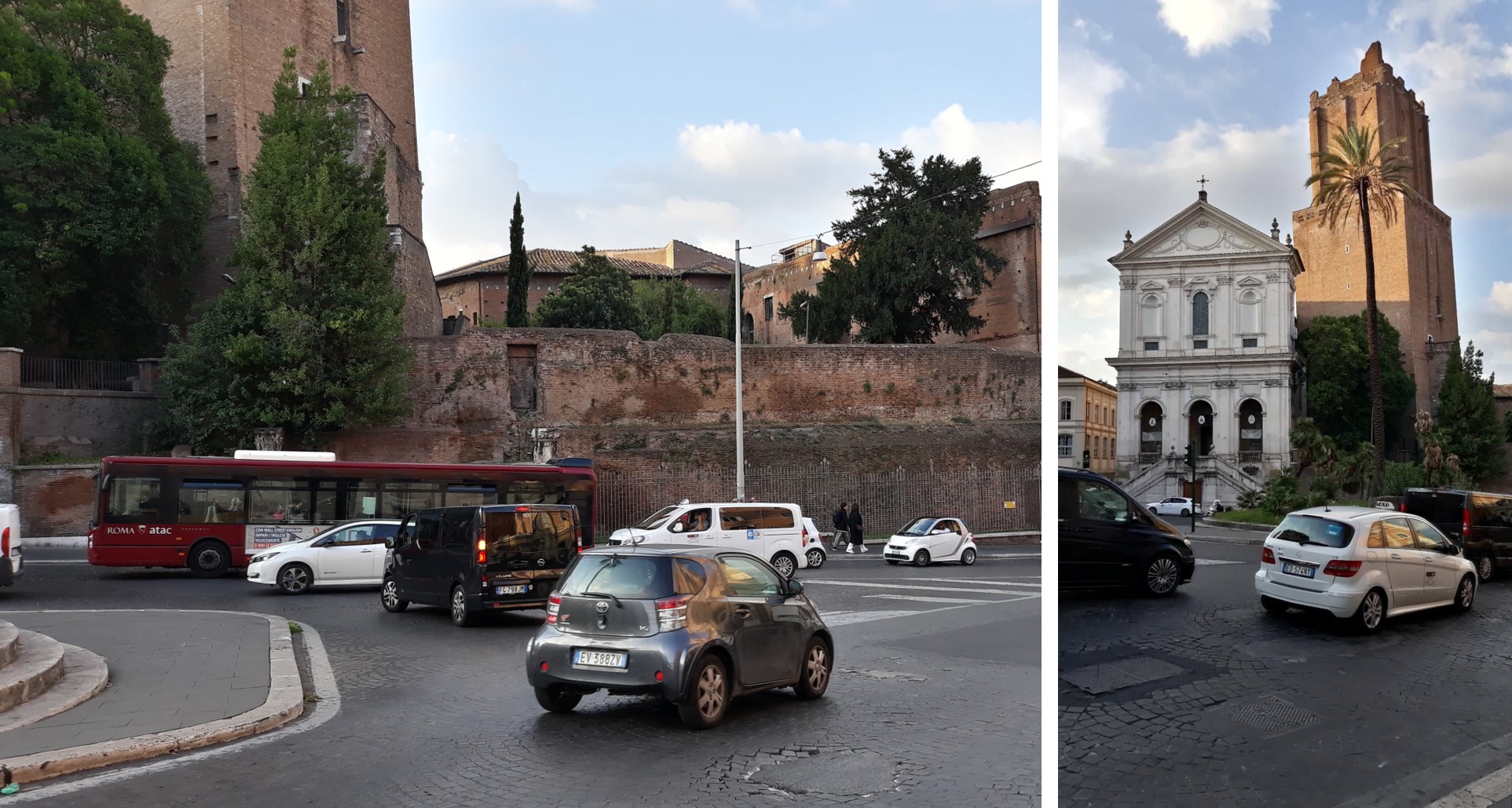
The “Via dei Fori Imperiali” is actually parallel to the “Via Sacra”, which is the “de facto avenue”, the main avenue of ancient Rome from the “Capitol Hill”, through the important squares and religious sites that end at the Flavio Amphitheater. It should not surprise one that climbing the Avenue of the Imperial Forums is a “must” when visiting Rome.
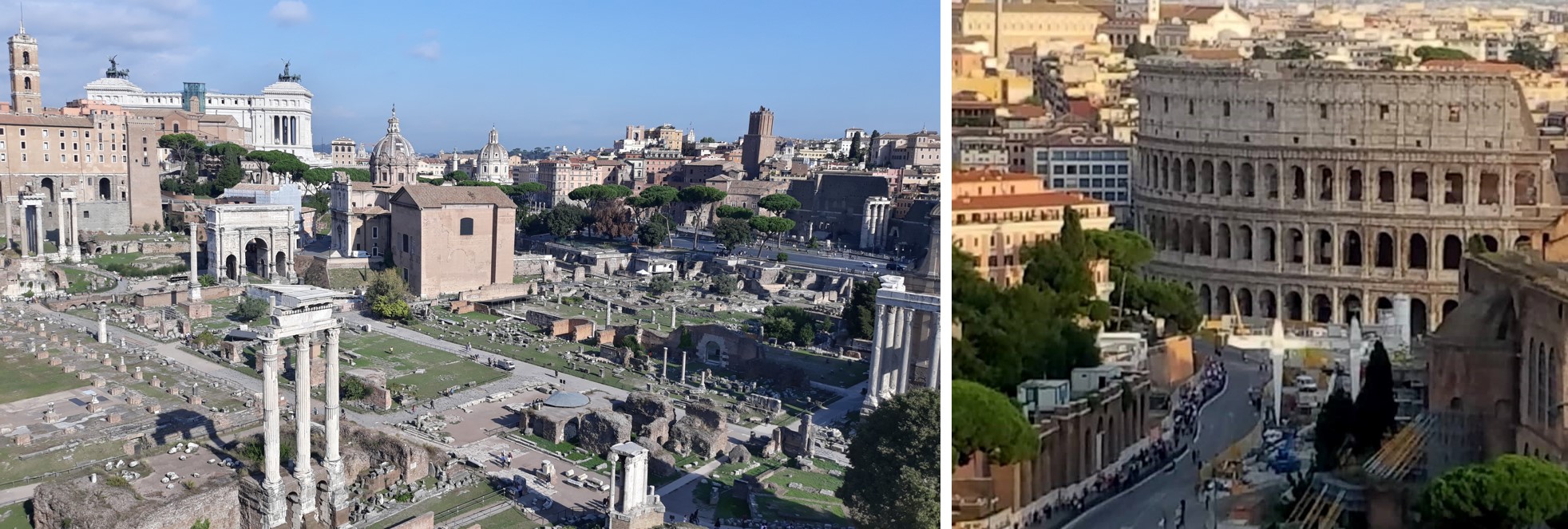
The monuments of Trajan (Column, Market and Forum) are among the first observed on Imperial Avenue, followed by the Forums of Augustus and Nerva on route to the Colosseum.
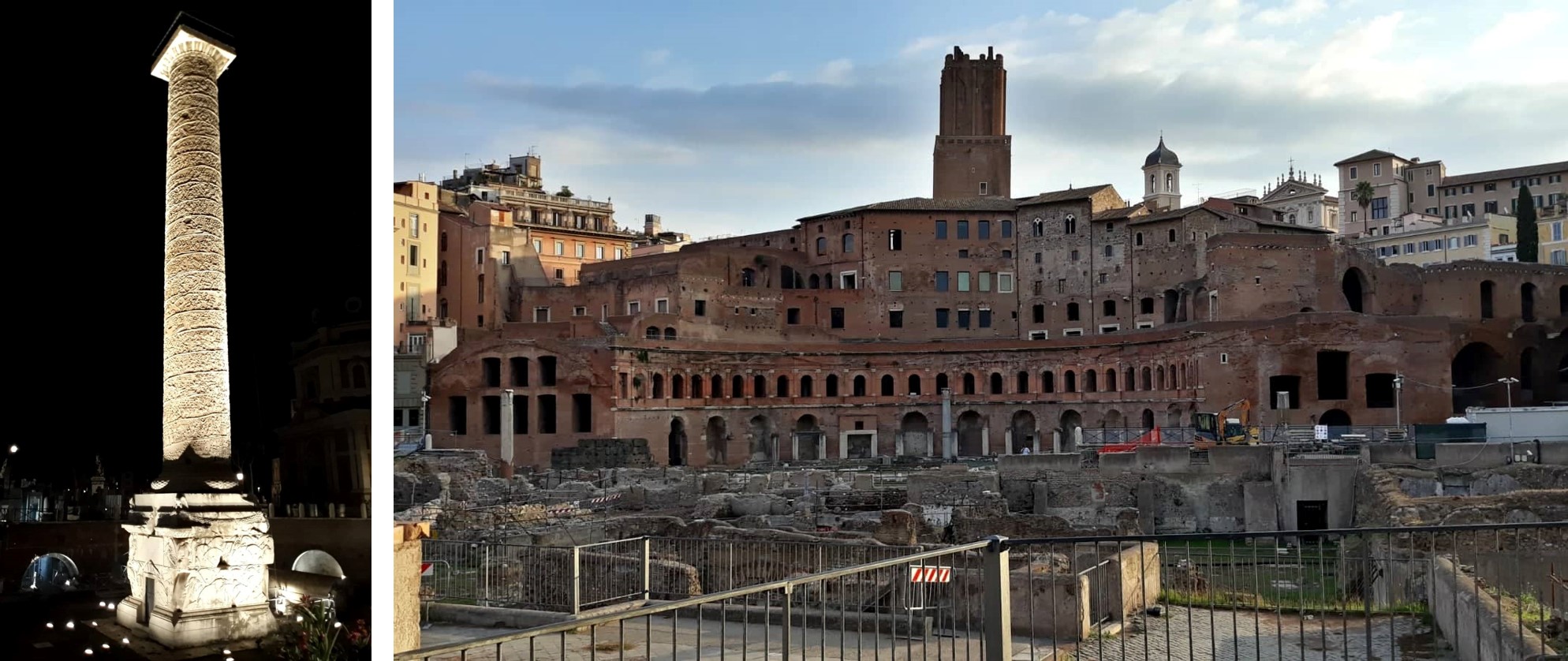
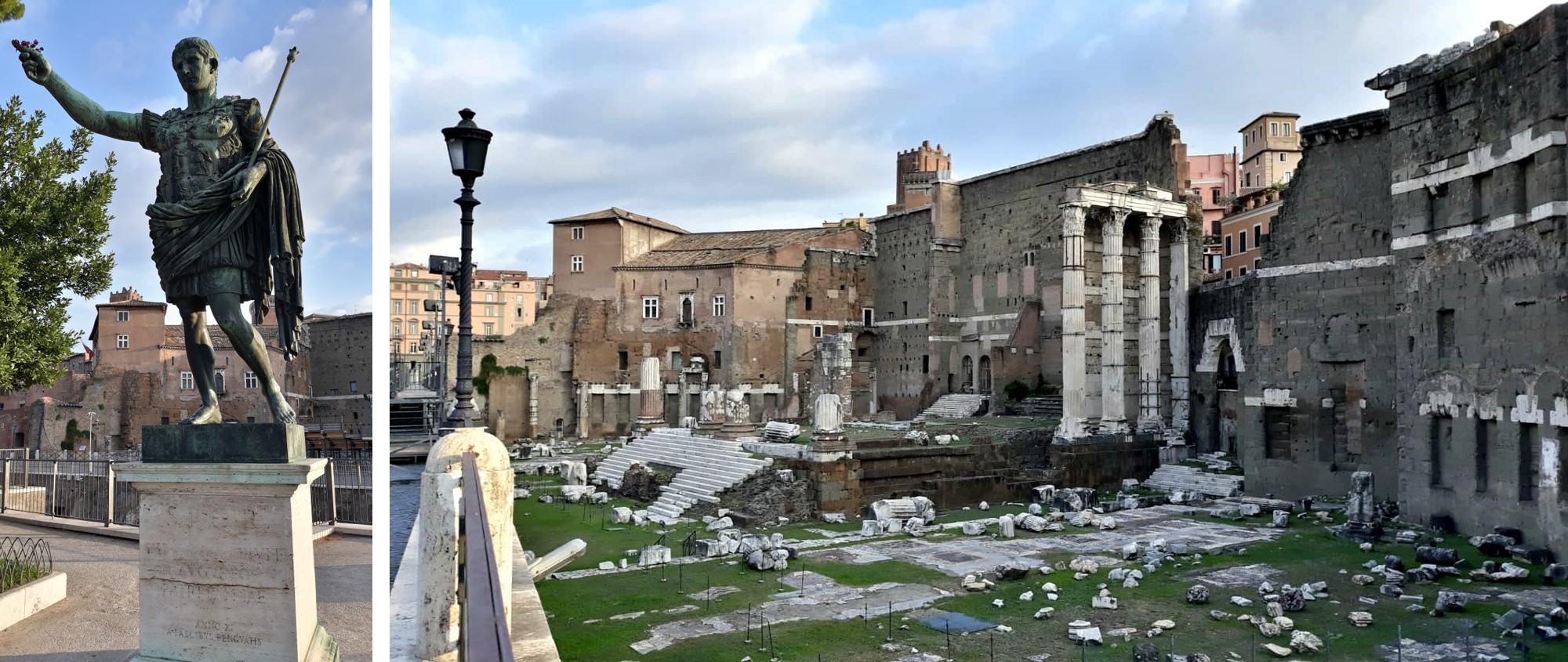
Upon reaching Colosseum, immediately to the right one finds the Arch of Constantine. It Celebrates the victory of Constantine in the battle of the Milvian Bridge, the arch was built by order of the Roman Senate.
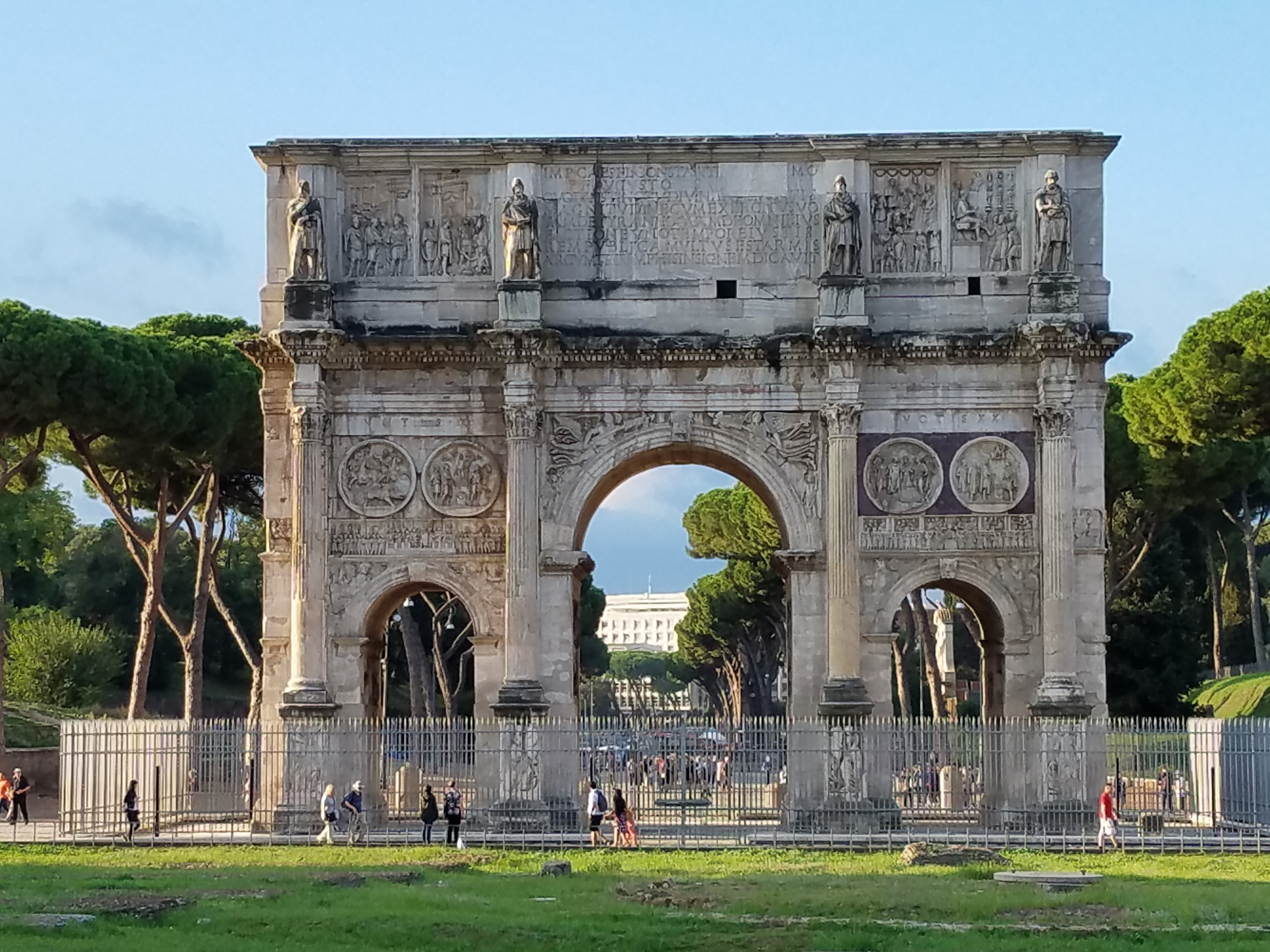
A short walk ahead and before the “Aqua Claudia” (part of the Roman aqueduct system) we find the entrance to the Palatine and so begins the climb. Once atop the Palatine, one can see a view full of treasures of antiquity.
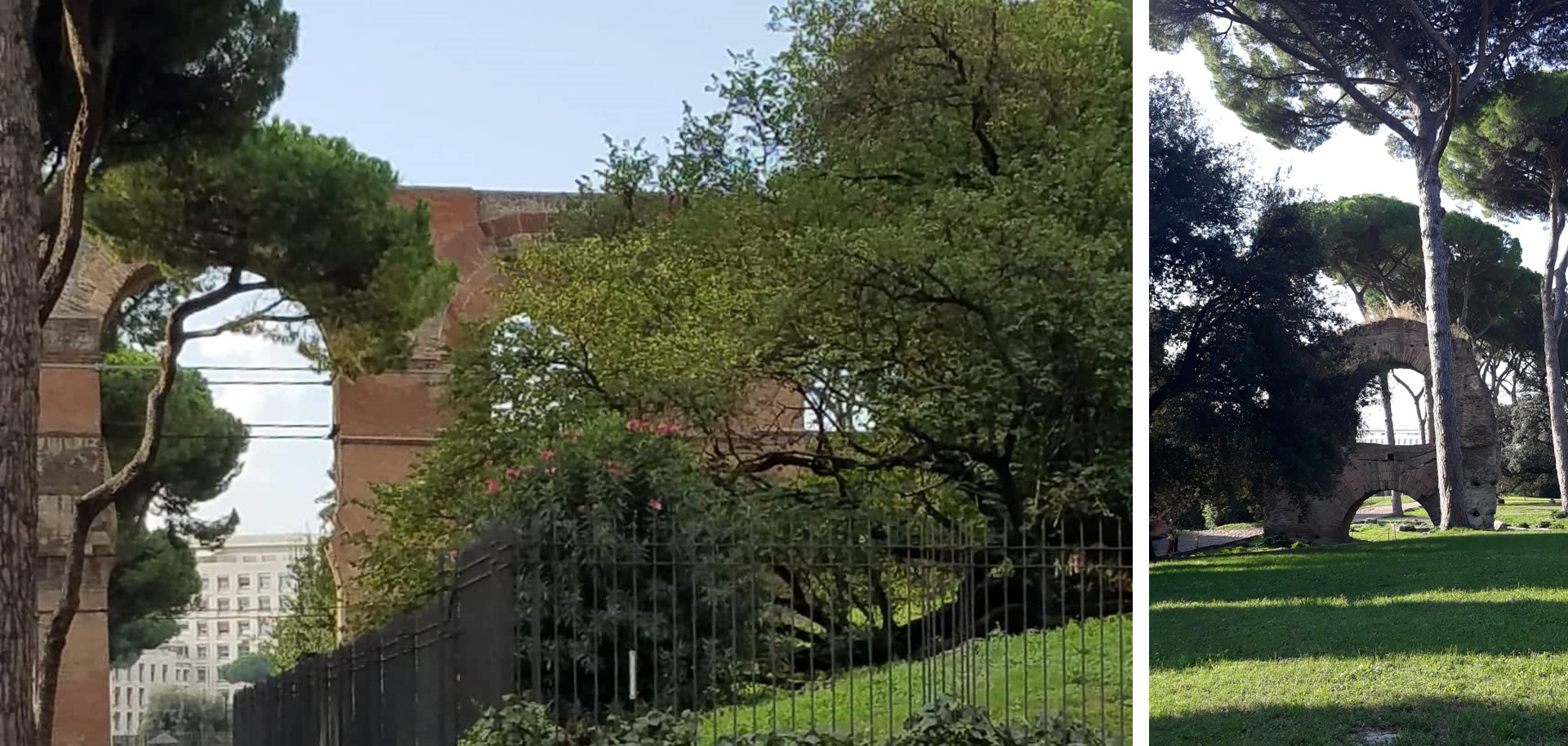
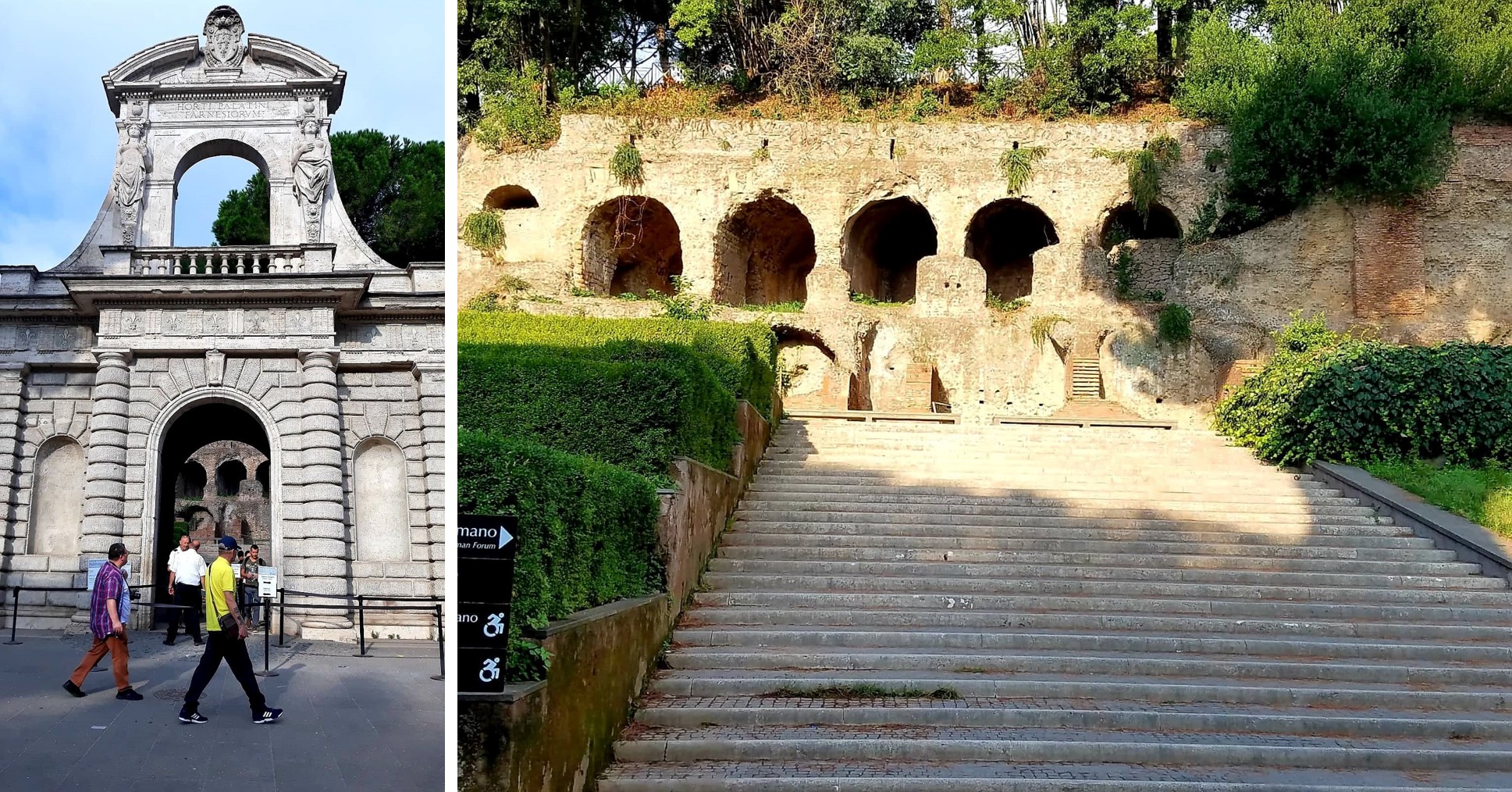
The Domus Augustana (the domestic wing of the ancient Roman palace of Domitian) offers views of the “Stadio Palatino”, the temples to several Roman gods, the Circus Maximus and many others.
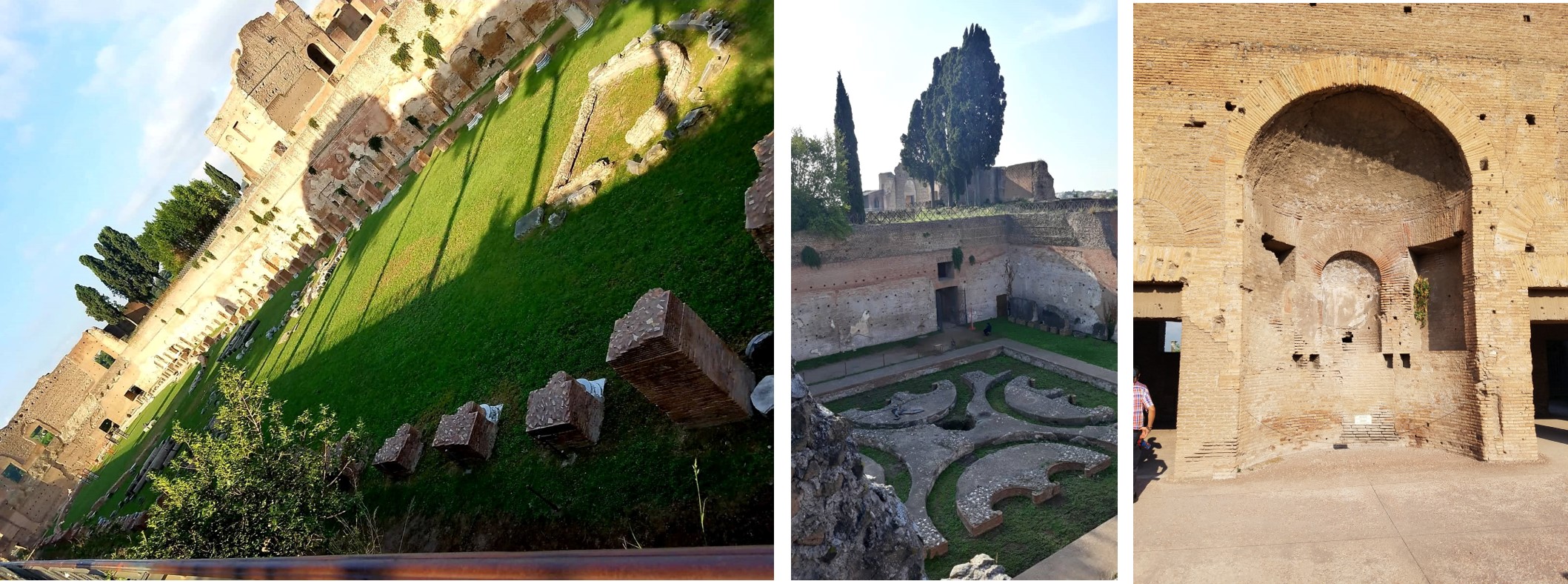

On the other side of the Palatine Hill, you have a spectacular view of the ancient Roman remains, as well as of Rome, particularly from what was once the “Domus Tiberian”. The views that one finds indicate that it is necessary to descend to appreciate the “Vía Sacra”, the Temple and the House of the Vestales (Vesta was the goddess of health). From the Arch of Titus to the Severe Septimium Arch, temples to more gods and emperors, and the list goes on.
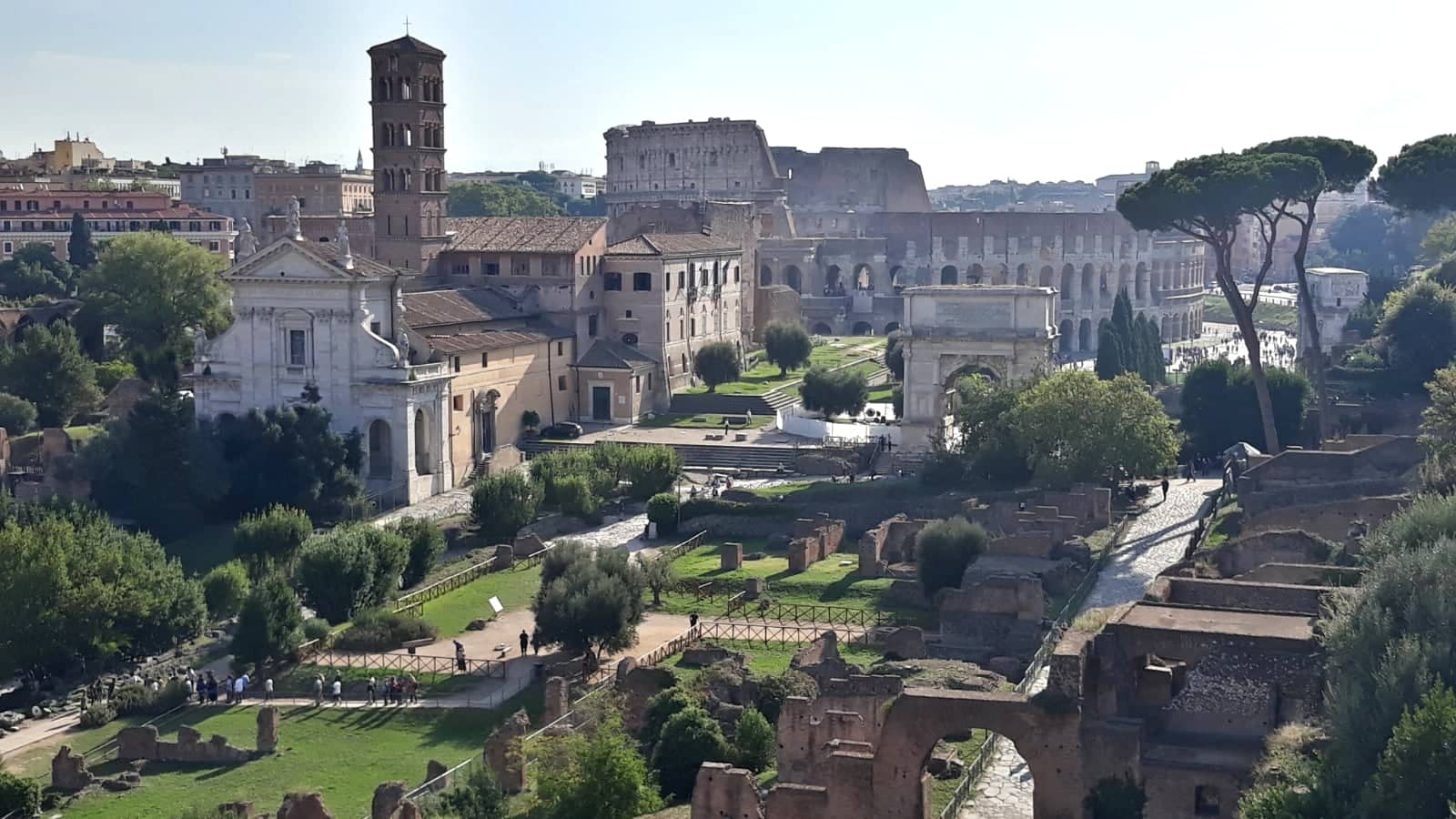
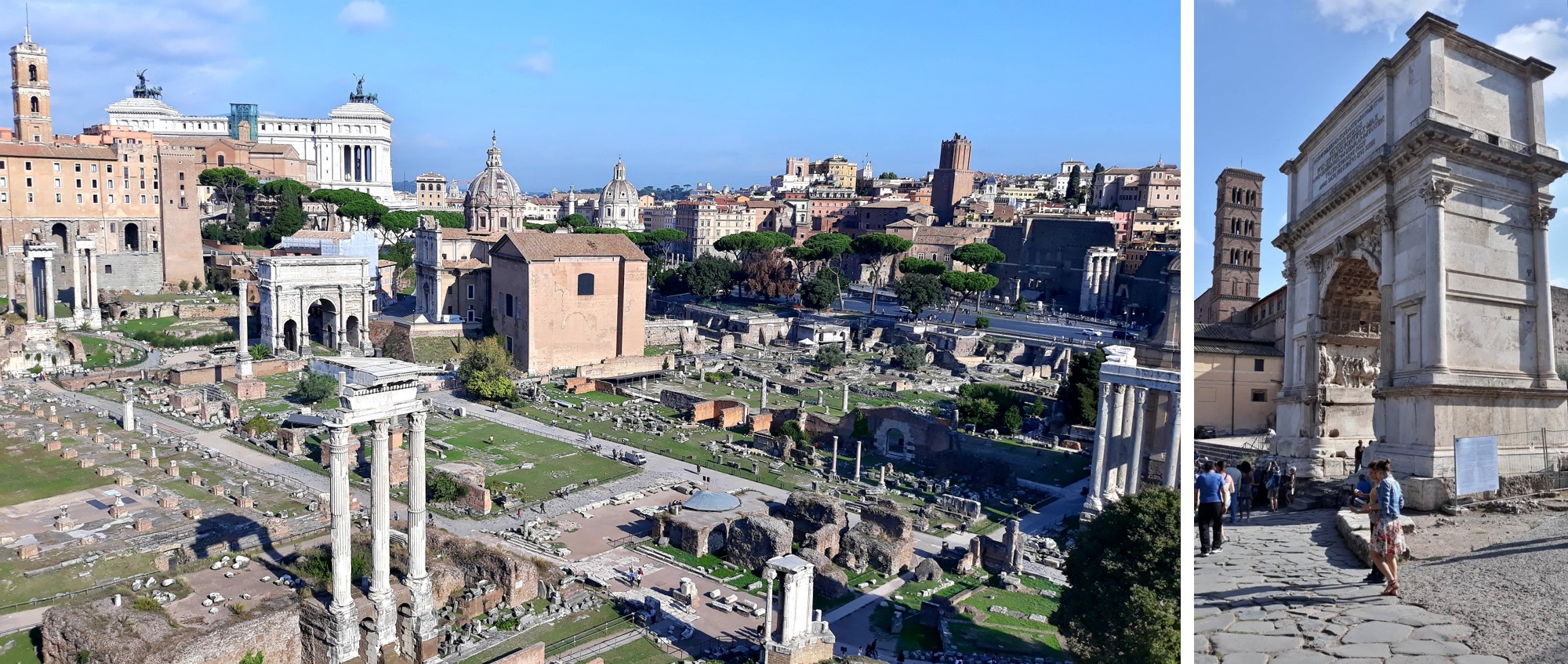
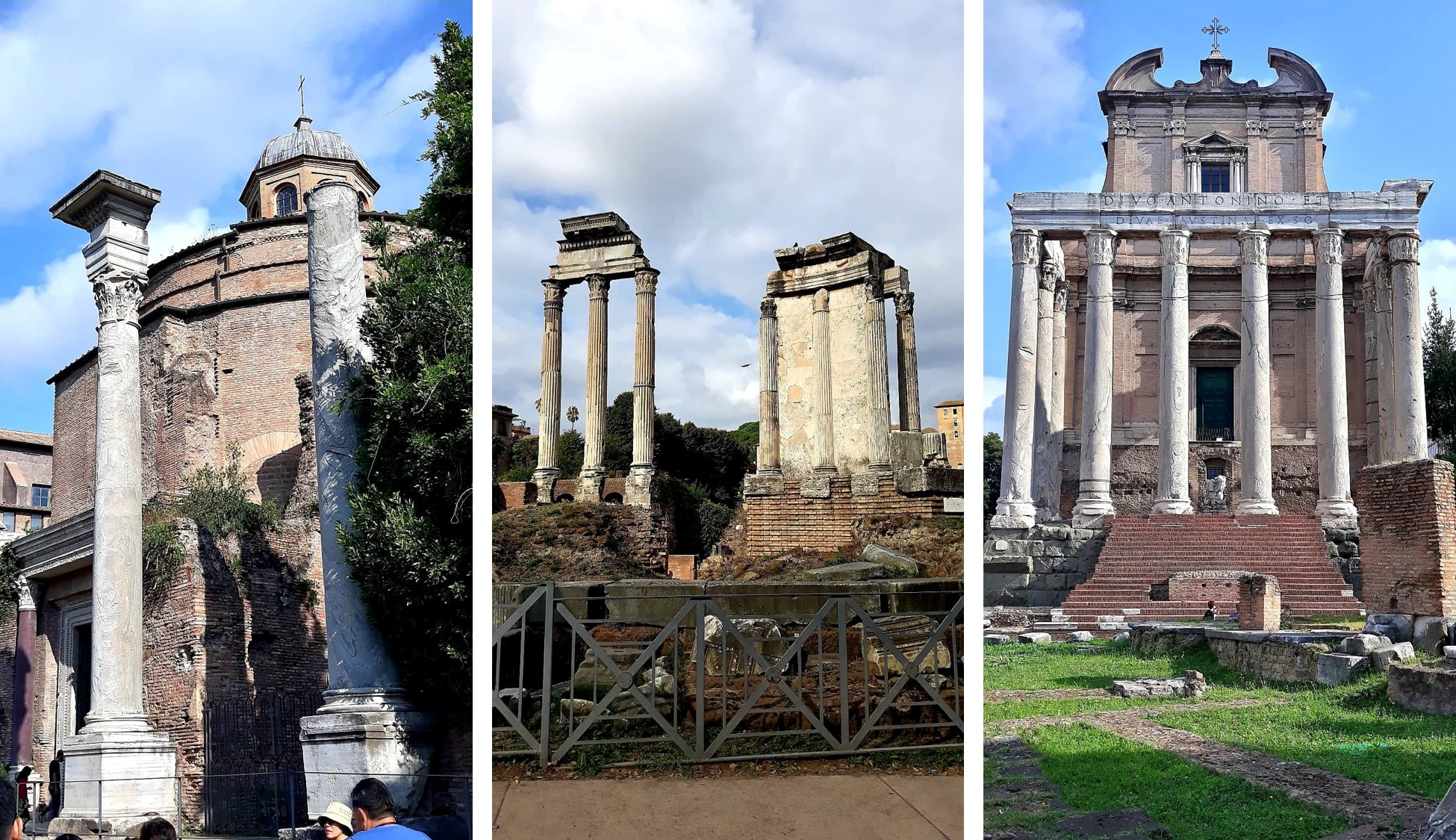
Although much of ancient Rome is now in ruins, its existence is a palpable testimony of a great empire and its history. We made it our walk along the paths of history.
